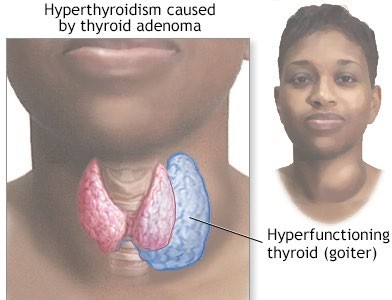Desmopressin acetate (DDAVP) is prescribed to a patient for the treatment of diabetes insipidus. The nurse administering the medication monitors the patient for which therapeutic response?
Decreased blood pressure.
Decreased urinary output.
Decreased blood glucose.
Decreased peripheral edema.
The Correct Answer is B
Desmopressin acetate (DDAVP) is a synthetic hormone used to treat diabetes insipidus, which is a condition that causes excessive urination and thirst due to a lack of antidiuretic hormone (ADH) production in the body. By mimicking the effects of ADH, Desmopressin acetate (DDAVP) helps to reduce the amount of urine produced by the body and increase water reabsorption, which helps to alleviate symptoms of diabetes insipidus.
Therefore, the nurse should monitor the patient's urinary output and ensure that it decreases in response to the medication. It is important to note that Desmopressin acetate (DDAVP) can also cause hyponatremia (low sodium levels in the blood), so sodium levels should also be monitored during treatment.

Nursing Test Bank
Naxlex Comprehensive Predictor Exams
Related Questions
Correct Answer is B
Explanation
Since the patient's blood glucose level is less than 70 mg/dL and they are symptomatic, the first step is to administer 1 mg Glucagon IM. This will help increase the patient's blood glucose level quickly.
After administering Glucagon, the nurse should then call the MD to report the low blood glucose level and discuss any necessary adjustments to the patient's insulin regimen. It is important to note that in this situation, administering Humalog insulin would further lower the patient's blood glucose level and could worsen their symptoms. Encouraging the patient to eat their meal is also important, but it should be done after the administration of Glucagon to help maintain their blood glucose level.
Correct Answer is ["A","B","E"]
Explanation
Answer c is incorrect because hyperthyroidism typically causes hypertension, not hypotension. Answer d is also incorrect because hyperthyroidism typically causes increased, not decreased, deep tendon reflexes. Answer f is incorrect because hyperthyroidism typically causes diarrhea, not constipation.

Whether you are a student looking to ace your exams or a practicing nurse seeking to enhance your expertise , our nursing education contents will empower you with the confidence and competence to make a difference in the lives of patients and become a respected leader in the healthcare field.
Visit Naxlex, invest in your future and unlock endless possibilities with our unparalleled nursing education contents today
Report Wrong Answer on the Current Question
Do you disagree with the answer? If yes, what is your expected answer? Explain.
Kindly be descriptive with the issue you are facing.
